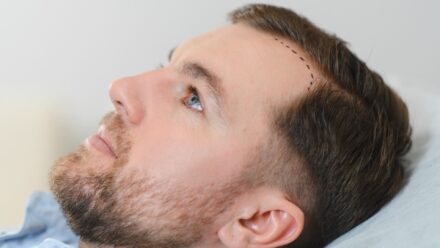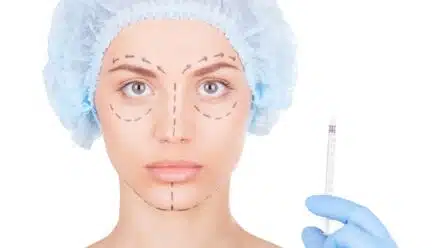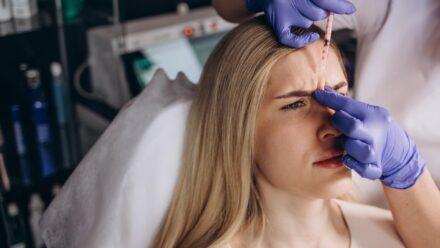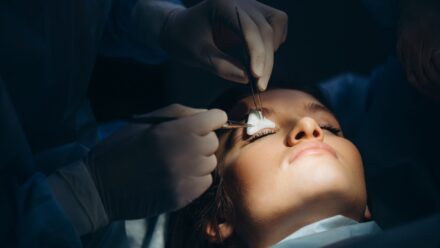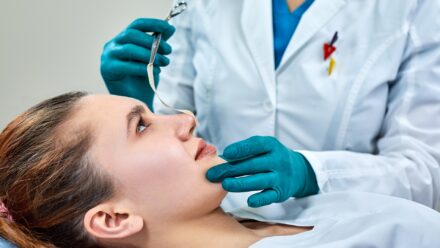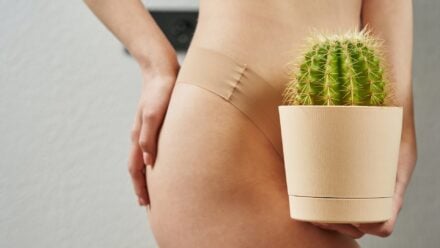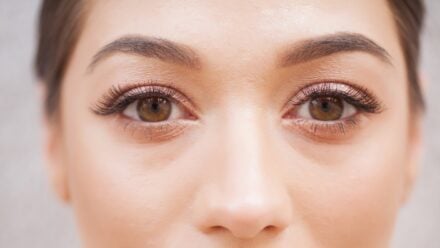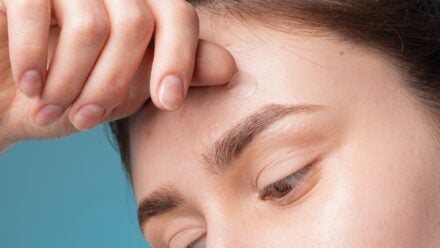Puffy nipples are a common problem for both men and women. They are also called nipple prominence or puffy nipples syndrome. This condition makes the nipples look swollen or stick out. While generally harmless, puffy nipples can sometimes cause emotional distress or self-consciousness. In this comprehensive guide, we’ll explore the causes, treatments, and self-care options available for managing this condition.
What Are They?
Puffy nipples refer to nipples that appear swollen or raised compared to the surrounding areola. This condition is more common during adolescence but can persist into adulthood. Puffy nipples usually do not cause pain or other physical symptoms. However, they can affect how a person feels about their appearance and self-esteem.
Causes of Nipple Prominence
Understanding the underlying causes of puffy nipples can help in identifying appropriate solutions. Here are some common factors:
Hormonal Changes
- 🏋️♀️ During puberty, hormonal fluctuations can lead to the development of glandular tissue behind the nipple, causing a puffy appearance.
- 🍷 Pregnancy and menopause in women can also lead to temporary changes in nipple shape due to hormonal shifts.
Gynecomastia
- 👨🏥 In men, gynecomastia—the enlargement of breast tissue due to hormonal imbalances—is a leading cause of puffy nipples. It often results from an imbalance between testosterone and estrogen.
Body Fat
- 📊 Excess body fat can contribute to a puffy nipple appearance, as fat deposits accumulate in the chest area.
Genetics
- 🔬 Genetics play a role in determining the structure of the chest and nipple area. Some individuals may be predisposed to puffy nipples due to inherited traits.
Medications and Health Conditions
- 🌈 Certain medications, such as anabolic steroids or anti-androgens, can lead to hormonal imbalances, contributing to puffy nipples.
- 🏥 Health conditions like liver disease, kidney problems, or endocrine disorders may also cause this condition.
Breastfeeding
- 👩🍼 In women, puffy nipples may occur during or after breastfeeding due to changes in breast tissue and milk production.
Treatment Options
While puffy nipples are generally not a medical concern, individuals seeking to address the condition have several options:
Lifestyle Changes
- 🏃♂️ Exercise and Diet: Reducing overall body fat through regular exercise and a balanced diet can help decrease fat deposits in the chest area, potentially improving the appearance of nipples.
- 🦜 Avoid Certain Substances: Limiting alcohol, drugs, or medications that can disrupt hormonal balance may help.
Medical Treatments
- ⚕️ Hormonal Therapy: In cases caused by hormonal imbalances, doctors may recommend hormonal treatments to correct the issue.
Surgery: Gynecomastia article on estherian.com
- 🏥 Liposuction: This procedure removes excess fat from the chest area.
- ⚖️ Glandular Tissue Removal: For more severe cases, surgical removal of glandular tissue can provide a more permanent solution.
- 🌌 Non-Invasive Treatments: Laser treatments and other non-invasive procedures are emerging options for improving chest contour.
Over-the-Counter Solutions
- 🎩 Some creams and topical treatments claim to reduce the appearance of puffy nipples. However, these solutions are generally less effective and lack scientific backing.
Compression Garments
- 👕 Wearing compression shirts or vests can temporarily improve the appearance of nipples by flattening the chest.
Home Remedies and Self-Care
For those who prefer non-medical approaches, the following self-care tips may help:
Cold Compresses
- ❄️ Applying a cold compress can temporarily reduce swelling in the nipple area.
Proper Posture
- 💪 Maintaining good posture can improve chest appearance by naturally tightening the skin and muscles.
Hydration and Nutrition
- 🌟 Staying hydrated and consuming a diet rich in vitamins and minerals can support skin health and hormonal balance.
Targeted Exercises
- 🏃️ Strengthening chest muscles through exercises like push-ups, bench presses, and dumbbell flys can improve overall chest shape.
Psychological Impact
While puffy nipples are not a medical condition, they can significantly affect a person’s mental health. Feelings of embarrassment or self-consciousness may lead to:
- 😮 Avoidance of social situations involving tight clothing or swimsuits.
- ⚖️ Anxiety or low self-esteem.
Seeking support from a counselor or therapist can be beneficial for managing these emotional challenges.
When to See a Doctor
Although puffy nipples are usually harmless, certain signs may indicate an underlying health issue:
- ⚕️ Persistent pain or tenderness in the nipple area.
- 🏰 Unexplained lumps or changes in breast tissue.
- 🕗 Rapid enlargement of one or both nipples.
- 📉 Nipple discharge.
If you experience any of these symptoms, consult a healthcare professional for a thorough evaluation.
Conclusion
Puffy nipples are a common concern that affects people of all genders and ages. While they are often a cosmetic issue, understanding the underlying causes and exploring available treatments can help individuals make informed decisions. Whether through lifestyle changes, medical treatments, or self-care, there are options available to address this condition and improve confidence. If you have concerns about your health or appearance, don’t hesitate to consult a qualified medical professional.
You may read about male puffy nipples article on medicalnewstoday.com.

